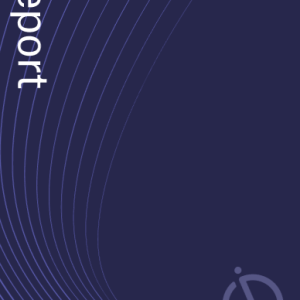Nucor has been granted a patent for a light-gauge, ultra-high strength weathering steel sheet suitable for hot-stamping applications. The steel sheet has specific composition, material properties, and surface characteristics. The patent also covers a high friction rolled carbon alloy steel strip with a smear pattern and a surface homogenized steel strip without a smear pattern. The patent claims a continuously cast ultra-high strength steel sheet with corrosion resistance and specific composition and microstructure properties. GlobalData’s report on Nucor gives a 360-degree view of the company including its patenting strategy. Buy the report here.
According to GlobalData’s company profile on Nucor, structure building framework was a key innovation area identified from patents. Nucor's grant share as of September 2023 was 55%. Grant share is based on the ratio of number of grants to total number of patents.
Ultra-high strength weathering steel sheet for hot-stamping applications
A recently granted patent (Publication Number: US11773465B2) describes a continuously cast ultra-high strength steel sheet with corrosion resistance similar to weathering steel for use in hot-stamping applications. The steel sheet is made from a carbon alloy thin cast steel strip with specific composition and microstructure properties. The composition includes carbon, chromium, manganese, silicon, copper, niobium, molybdenum, nickel, and iron, with no purposeful addition of boron. The steel sheet has a yield strength between 620 and 800 MPa, a tensile strength between 650 and 900 MPa, and an elongation between 3% and 10%. It also has a corrosion index of 6.0 or greater, independent of any additional coating.
The method for making the hot-stamped product involves preparing a molten steel melt with the specified composition, forming the melt into a casting pool supported on cooled casting rolls, and solidifying it into a thin cast steel sheet. The sheet is then cooled at a specific rate to produce a microstructure primarily consisting of bainite. The thin cast steel strip is subsequently hot-stamped to austenitize it and form a product with a yield strength and tensile strength higher than the original strip. The method also includes optional steps such as austenitizing at specific temperatures and for specific durations, batch annealing to reduce strength, and hot rolling or high friction hot rolling to reduce thickness and eliminate prior austenite grain boundary depressions.
Overall, this patent describes a unique ultra-high strength steel sheet with corrosion resistance similar to weathering steel, suitable for hot-stamping applications. The specific composition and microstructure properties of the steel sheet, along with the method for its production, are outlined in detail. This innovation has the potential to enhance the performance and durability of steel products used in various industries.
To know more about GlobalData’s detailed insights on Nucor, buy the report here.
Data Insights
From

The gold standard of business intelligence.
Blending expert knowledge with cutting-edge technology, GlobalData’s unrivalled proprietary data will enable you to decode what’s happening in your market. You can make better informed decisions and gain a future-proof advantage over your competitors.



